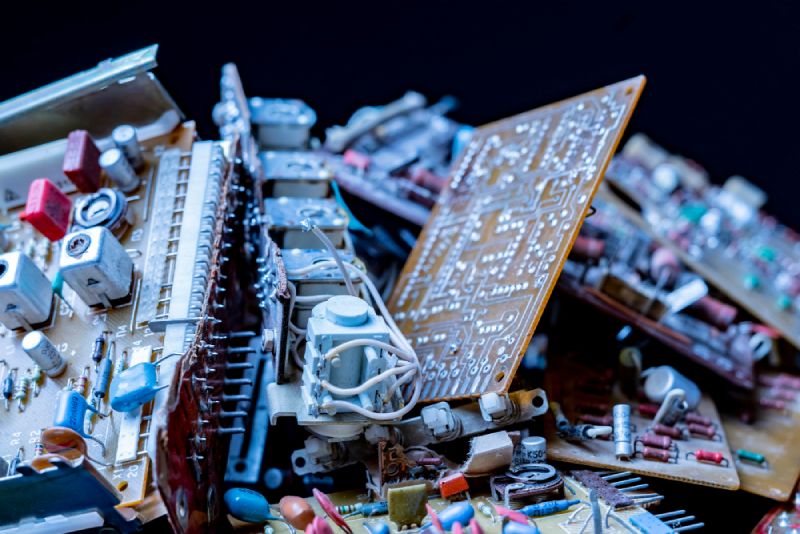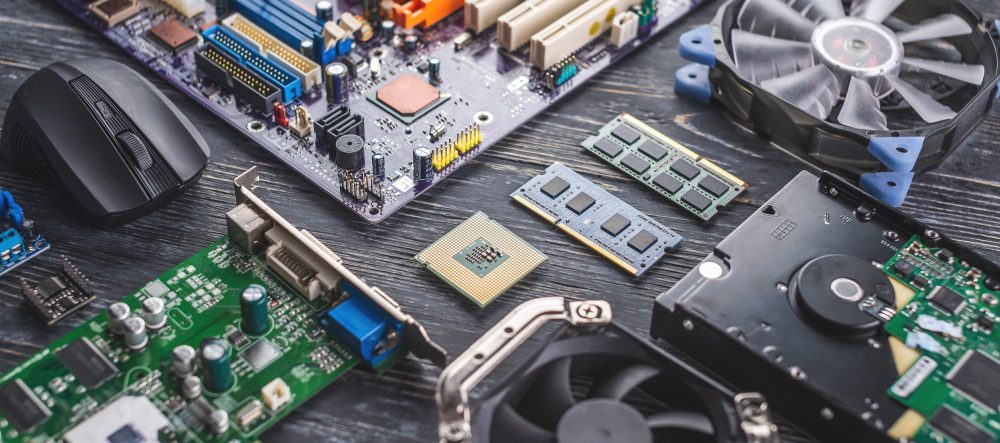How do You Get Rid of Old Motherboards?
If you own a computer, chances are that you will upgrade or replace its components at some point, including the motherboard. But what do you do with the old motherboard once it’s no longer useful? Throwing it in the trash is not only wasteful but also harmful to the environment. Here’s how to safely dispose of old motherboards.
Reuse or Donate
If your old motherboard is still in good condition and functional, consider reusing it in another computer, giving it to a friend or family member, or donating it to a charity or school. With some basic knowledge of computer hardware, you can even build your own custom computer using recycled parts.
Recycle
If your old motherboard is no longer usable or you don’t have any use for it, recycling is the next best option. Recycling prevents the toxic chemicals and materials, such as lead, cadmium, and mercury, from leaching into the soil and water, polluting the environment and endangering human health. Recycling also conserves natural resources and reduces the need for mining and production of new materials.
Where to Recycle
You can either take your old motherboard to a local electronics recycling center or mail it to a certified e-waste recycler. Some computer manufacturers, such as Dell and HP, offer free recycling programs for their products, including motherboards. You can check their websites for more information and instructions.
How to Prepare for Recycling
Before recycling your old motherboard, you need to prepare it properly to avoid any data theft or personal information exposure. Here’s what you should do:
- Back up any important data or files from the motherboard to an external hard drive or cloud storage.
- Delete all personal files and applications from the motherboard.
- Remove the hard drive and any other storage devices from the motherboard.
- Remove any batteries, capacitors, or other power sources from the motherboard.
- Wipe the motherboard clean with a soft, dry cloth or compressed air to remove any dust or debris.
What Happens to the Recycled Motherboards
Once the old motherboards are collected, they are sent to a facility for dismantling and recycling. The recyclers will first separate the plastic, metal, and circuitry components of the motherboards using shredding, crushing, or melting. The plastics are processed into new plastic products, such as toys or furniture. The metals are smelted and refined into new metals, such as aluminum or copper. The circuitry components are either burned for energy recovery or further refined for precious metals, such as gold or platinum.
“Recycling one million laptops can save enough energy to power over 3,500 homes for a year.”
How much is a motherboard worth in scrap?
The value of a motherboard as scrap primarily comes from the precious metals it contains, such as gold, silver, palladium, and small amounts of platinum. However, these metals are usually present in very small quantities.
As of 2021, scrap motherboards in the UK can be worth around £1 to £4 per kilogram, depending on the exact type of motherboard and the current market prices for the precious metals they contain.
That being said, the market for scrap electronics can be volatile, and prices can change based on various factors, including the current demand for precious metals and changes in recycling technology. It’s always a good idea to check with local scrap yards or recycling centers for the most up-to-date information.
Additionally, keep in mind that extracting precious metals from electronics is a complex process that involves specialized machinery and potentially hazardous materials. It’s not something that’s typically done by individuals at home. If you have a large amount of electronic scrap, it’s best to sell it to a professional recycling center.
And, of course, if the motherboard is still functional, it may be worth more sold as a used component than as scrap. Many people buy used electronics for parts, or to repair and resell.
Conclusion
Disposing of old motherboards may seem like a trivial task, but it can have a significant impact on the environment and our health. By reusing, donating, or recycling old motherboards, we can reduce the amount of e-waste that ends up in landfills or incinerators, conserve natural resources, and prevent toxic pollution. So, next time you upgrade your computer, don’t forget to dispose of your old motherboard responsibly.



